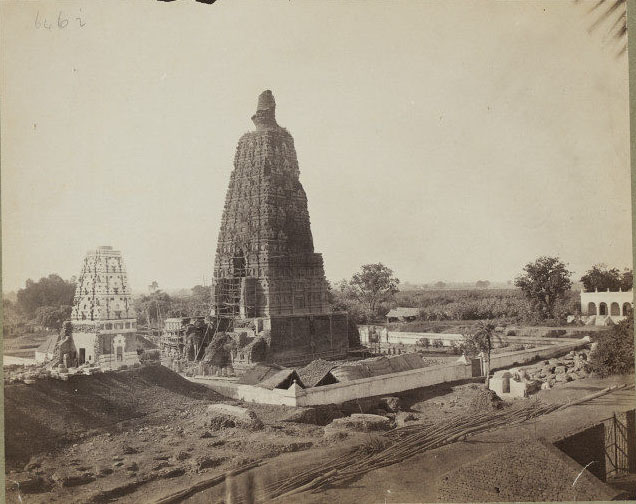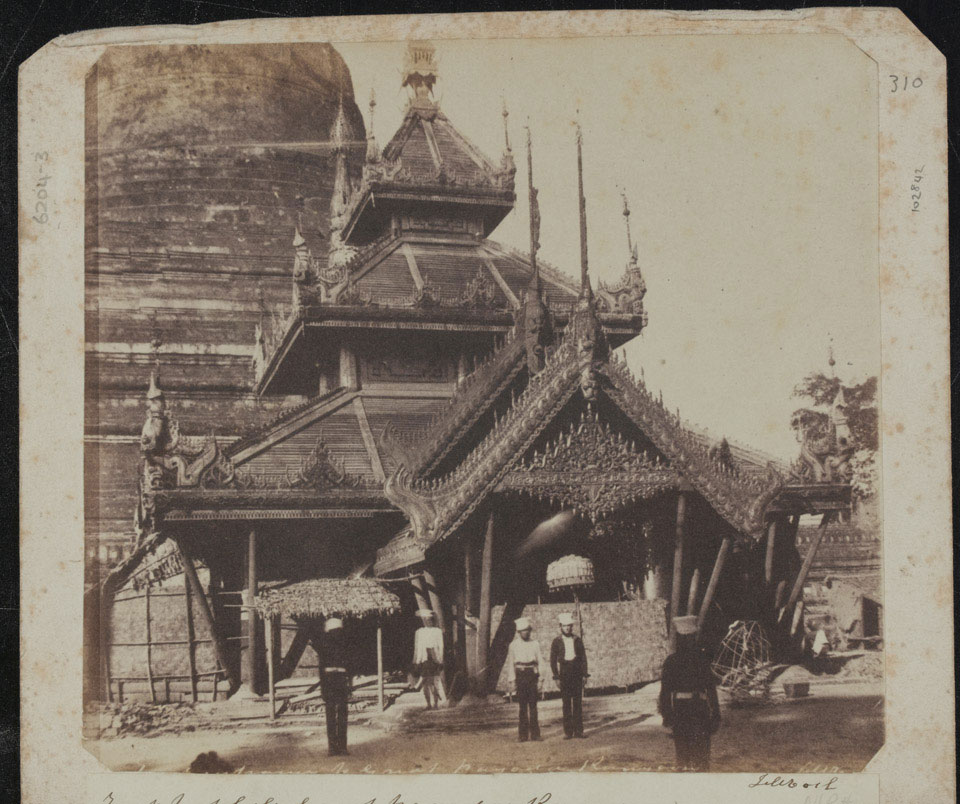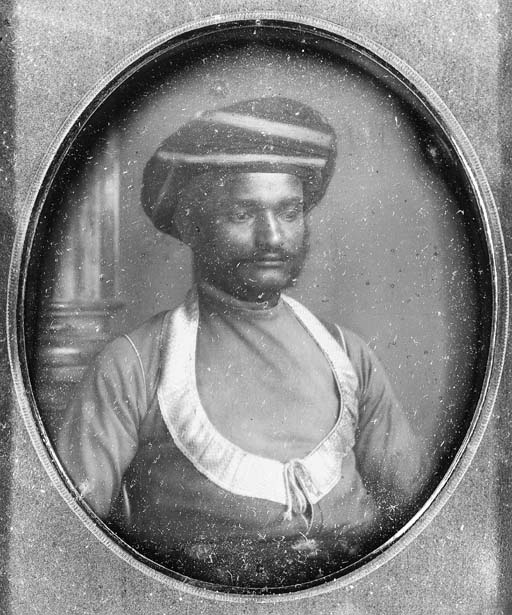F.W. Baker (active 1850s–1875s), moved to Kolkata, then Calcutta, India as an employee of Appleton and Co. He became an assistant to James William Newland in 1855 and was managing his daguerreotype studio till 1857. On his return from a photographic tour of the North West Provinces, he established a studio and advertised it as “Baker’s Daguerrian Room in August 1857”.

The studio flourished throughout the 1860s, F.W. Baker advertised and promoted his studio in newspapers
Baker’s Daguerrean Room
1-2 Wellesley Place, next to Boudet and Co., opposite the north entrance to Govt. House. Mr. F. Baker (late manager of J.W. Newland’s Gallery) respectfully begs to inform the Ladies and Gentlemen of Calcutta and its visitors of his return from the North West Provinces, and of having commenced business at the above address, where specimens may be seen and trusts that his long and well known experience in Calcutta will give him a share of public patronage. Stereoscopic views of the celebrated Tajmahal at Agra, also the Tomb of Akbar and Gateway at Secundra may be seen, taken by Mr Baker during his late tour. Miniatures in the fine morocco cases, from 8-0. Stereoscopic likenesses in Claudet’s patent folding cases, colored 30-0. Horses and carriages taken instantaneously, also portraits of all descriptions copied. Rooms open from 10 A.M. to 5 P.M.
And in 1859:
‘Baker’s Daguerian and Photographic Gallery, 1-3 Wellesley Place, opposite Government House.’
F.W. Baker continued to take photographs throughout the 1860s, although Baker left India for an unspecified the period in the early 1860s, advertising his return in 1863:
Mr F.W. Baker begs to notify that he has returned to Calcutta per S.S. Nubia, and will in a few days be prepared to take life-size and all other kinds of photographs in a manner superior to any that has hitherto been seen in India. Photographic Gallery, 2, Wellesley Place, 3rd November 1863.
In due course F.W. Baker changed the name of the studio from Baker’s Daguerrean Room to the Calcutta Photographic Company. While Baker produced the standard commercial fare of portraits and topographical views for the European market, the studio’s most historically significant work remains its extensive documentation of the devastating cyclone which struck Kolkata in 1864. The whereabouts of this album entitled “Photographic views of Calcutta” are unknown.
Baker appears to have abandoned photography and handed over the Calcutta Photographic Company to his assistant Thomas Rust 1869. F.W. Baker sold his negative stock to the Partnership firm Saché and Westfield based out of Kolkata.

F.W. Baker started with the Daguerreotype and in later years migrated to Ambrotypes. He was one of the few in India who had likeness for stereoscopic daguerreotype images in Claudet’s patent folding cases.
The daguerreotype revolutionised the art world and made inexpensive and superior quality bi-dimensional portraiture available to the general public for the first time in history. The stereoscopic daguerreotype marked another step forward in improving the realistic illusion.
Stereoscopy made it possible to observe the bi-dimensional daguerreotype obtaining a three-dimensional view. Two identical images were placed side by side according to the average intraocular distance of our eyes and were then observed using a specific viewer called stereoscope that made it possible to recompose the double images in a single three-dimensional photograph.
Before the invention of moving images, at the beginning of the nineteenth century, stereoscope provided a new and exciting way of seeing the world. This was an ideal medium for travellers to present scenes of places that most people had never seen and recreated a visual illusion of such scenes.
In March 1853 Antoine Claudet a French photographer and artist who produced daguerreotypes patented a folding pocket stereoscope, in which one Stereoscopic daguerreotype was fitted in a case with two lenses. When opened it formed the realistic illusion. In 1855 Claudet patented an instrument where the lens was set in adjustable tubes.
F.W. Baker was a prolific stereoscopic daguerreotypist who founded one of the earliest studios in India. His works are extremely rare and scarce and command phenomenal prices these days.
Reference
http://www.luminous-lint.com/app/photographer/1_F_W_Baker_and_Co/A/
https://19th-century-photography.blogspot.com/2010/12/b.html
https://www.collectorsweekly.com/stories/205610-bakers-stereo-daguerreotype-viewing-c
https://www.getty.edu
https://tokensofcompanionship.blog
https://www.19cphoto.com




Pingback: John Edward Saché – maddifycation
Pingback: Thomas Alfred Rust – maddifycation